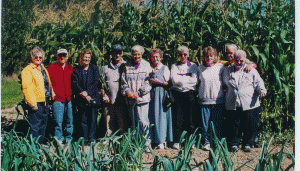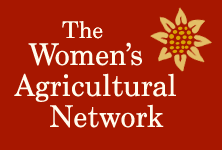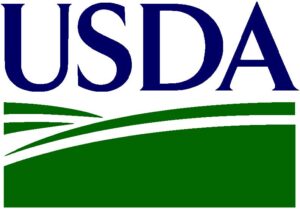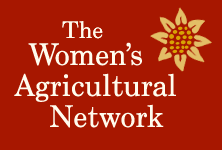I didn’t grow up on a farm, but my mom did, and I spent plenty of time there during my childhood. It was a Midwestern farm with hogs, cattle, and fields of grain as far as the eye could see. My uncle, who was the primary farmer during my formative years, was one of my favorite people in the world, so there wasn’t much I would rather do than ride around on the tractor with him, or get lost in the fields of corn. When I went to college and decided to study agriculture, my uncle was delighted. As for others who saw me as a city kid, there was likely a bit of skepticism about the chance that I would stay engaged in farming into my later years. But here I am, as the Director of the UVM Center for Sustainable Agriculture, recognizing how valuable my early life exposure to farming really was.
My own experiences help me to understand the importance of the “know your farmer” strategy that is permeating the current discourse in the local food movement, and is at the heart of one of USDA’s major initiatives. The belief is that closer connections to farms and farmers can bring deeper meaning to the ways that both children and adults relate to, and choose, the foods we eat. Anecdotally speaking, this seems to be true. And it also appears to be true when I examine recent program evaluations in which UVM has been engaged. Following a series of nutrition education classes taught by UVM Extension over the past couple of years, program participants stated that visits to local farms were the highlight of their multi-session experiences. Similarly, Farm to School evaluations have identified a correlation between school children’s reported consumption of fruits and vegetables and whether they ever visited a farm. This possible relationship between farm visits and food choices is quite encouraging.
So what exactly does this mean for Vermont farmers? So many of you are already engaged in your communities in multiple ways, be it through going to the farmers’ market, having school children visit the farm, participating in programs to link underserved neighbors to locally produced foods, or something else of your own creation! For those of you who are enjoying these activities, the payoff may be worth the time. But let’s be realistic, such activities can be time consuming! How can we help you facilitate these important connections in ways that do not unduly burden you?
These days, many people seem to want food that comes with a story. Providing these stories through websites, packaging or something else that allows you to reach many people in one fell swoop may be a worthwhile expenditure of time. But it doesn’t need to happen farm by farm. Currently, the Farm to Plate working group that is focused on consumer education and marketing is plotting ways to help farmers tell the Vermont farm and food story, writ large. We see such stories offering an important way to further strengthen the critical link between producers and consumers. Stay tuned!








The changes in what is being put in our foods is making people stand up and notice more. They want to know where food is coming from to ensure it is healthy and safe. Many people are growing their own foods, even in urban areas. It’s good to see a stronger connection.
You’re so right. With every passing season, I see more people looking to be more engaged with their food, and it’s the stories that facilitate that process. There’s so much more work to be done, but we’re on the right track. I hope that soon the concept of anonymous food will be far, far behind us.
Eleanor